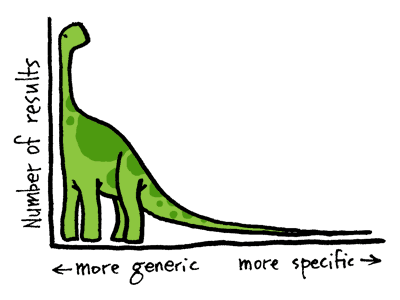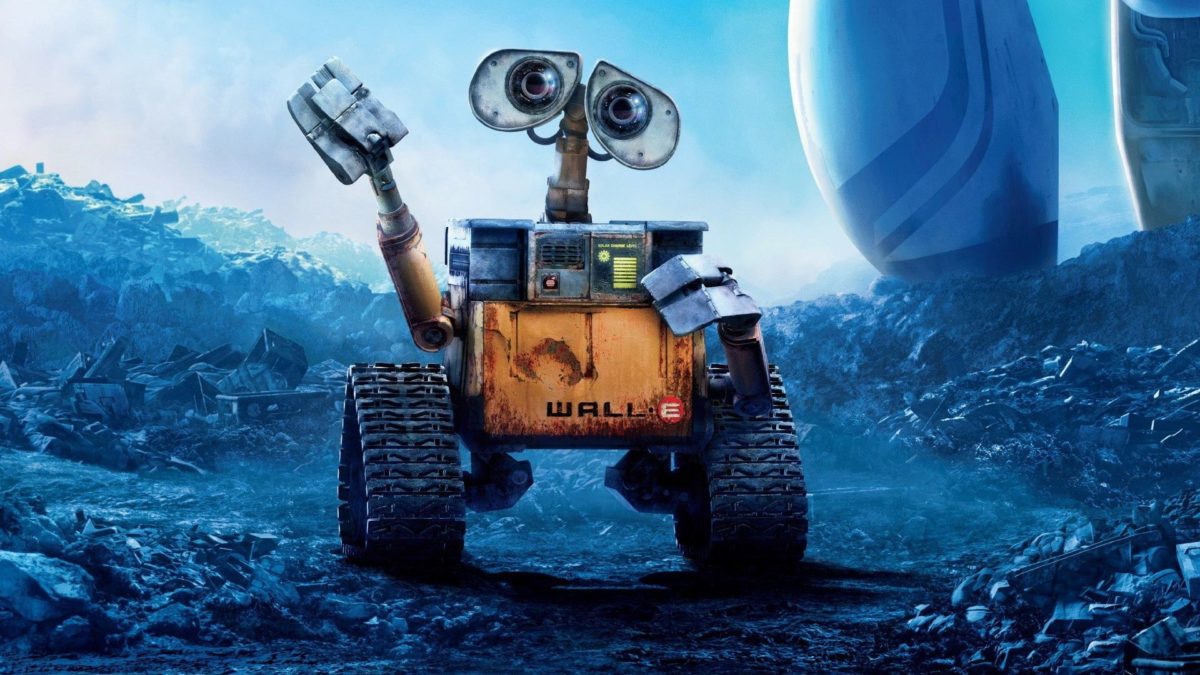If you’re looking into the shelf of everyones’ living room, you will probably see in the DVD “Titanic” and the book “Harry Potter”. The popularity of these products is mirrored in the Long tail. The most famous products, which generate the highest demand, represent the hill in the curve (graph). Lower valued products are not that high demanded what is mirrored in the tail of the curve. Earlier we assumed that bestseller generate the highest revenue but the online market changes this view.
Through the internet you are also able to see niche products – a small comparison: Some of the biggest book stores sell around 200.000 books, whereas Amazon sells 5 million books. Why is this so? Since place does not limit the amount of offerings anymore, millions of products can be sold in the market. This rapid change causes that popularity of products to earn revenue, is not relevant anymore. In the online market is does not matter if either a bestseller is sold or a niche product – the revenue stays the same. The demand for these niche products causes the long tail. Which you have learned so far in class.
Creating things is nowadays easier through the digital development – be it recording your own music, your clip or writing a book. Content is rapidly growing. Between 2004 and 2005 the publication of music albums increased by 36% and in MySpace 300.000 tracks got downloaded.
Further, the motivation to create these contents changed. Capital investment goods are not only everywhere available but also really cheap. Out of that reason content, which is not aimed to earn profit, is produced. If the equipment to produce a movie would be high, economic factors automatically influence the content. Whereas, if productions cost nothing, movies can be created just for fun or to try something out. No costs have to be covered – so the reason to create the content is actually about the content.
Also, the role of the amateur changes: He is not just consuming but also producing. So also our consumption changes through the digitalization since we can contribute to the selection by ourselves.
If we are looking for a book and can’t find it in one store, you have to go to the next one. Also here the digital change helps: Aggregators as Amazon or eBay do not only offer serval products but also make searching for specific products really simple. The more products will be found and bought, the longer the Long tail gets. As you know, Hyprid aggregators as Amazon and Alibris sell physical products online. Small sales volume can still get problematic here: If only one exemplar per year is sold, still storage costs will arise. But already here Amazon is working on the solution by providing Point-On-Demand books, which are only printed, if they are demanded.
By providing more and more of these niche products, recommender systems help finding suitable things to satisfy our demand. Without these systems the online market would have too much too offer, which would lead to excess demand (Goldilock principle).










